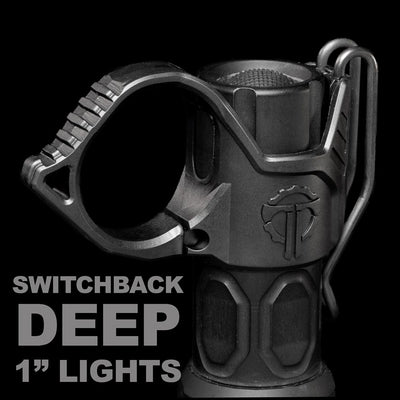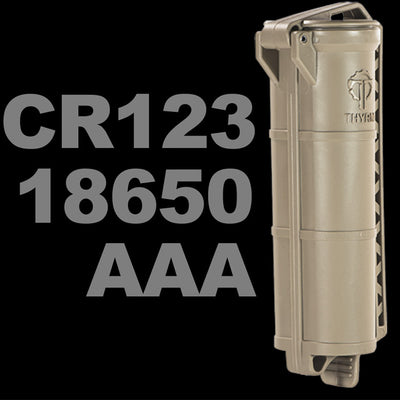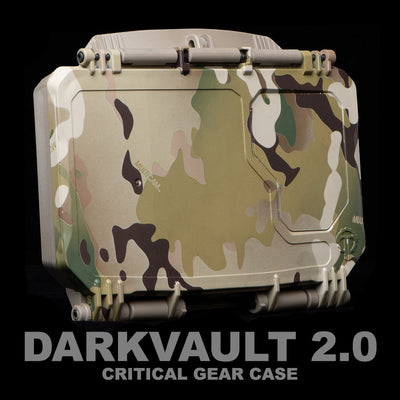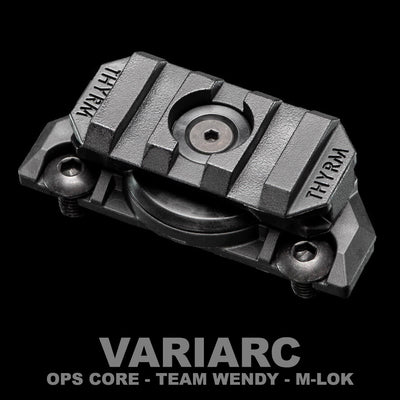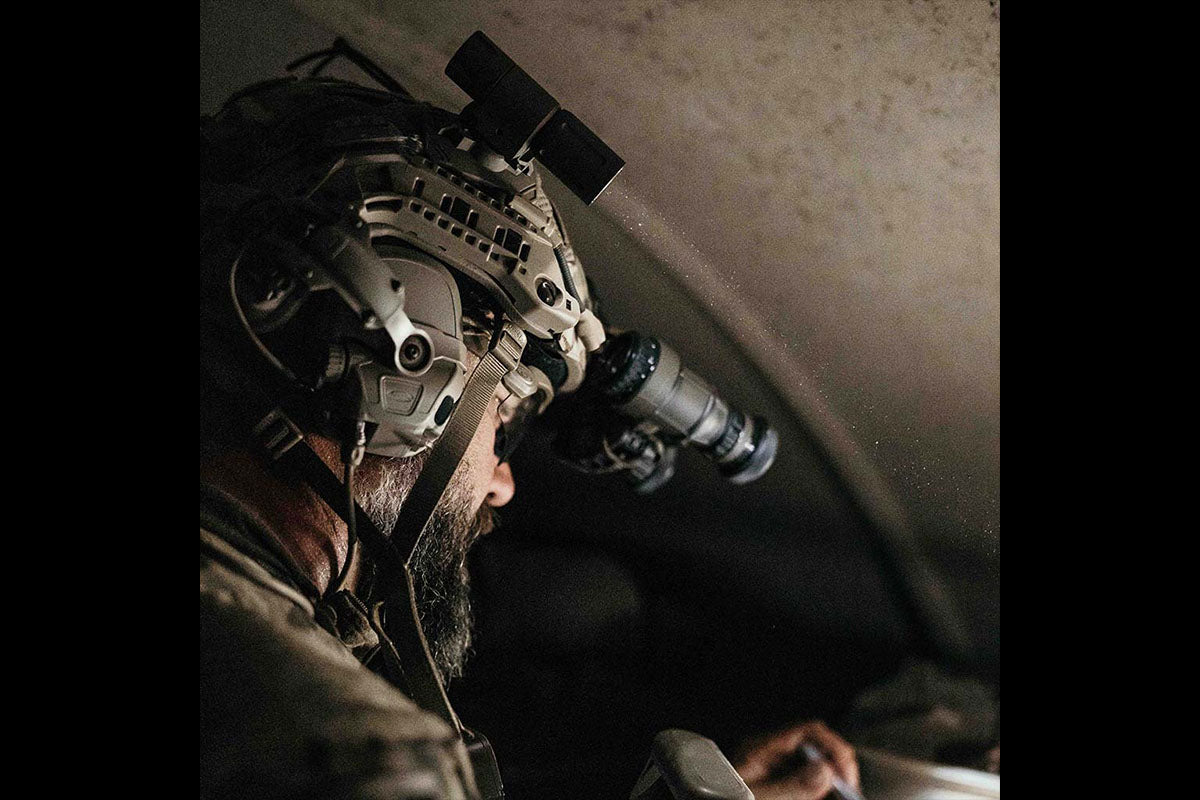
As a product designer for Thyrm for the last 8 years I’ve been fortunate enough to attend well over a dozen low-light and night vision courses taught by different instructors at various venues. Here’s what I’ve learned (sometimes the hard way).
And before we get too far, if you haven’t made the jump into the night vision world, keep in mind that some trainers will partner with night vision providers, allowing you to try before you buy. See links at the bottom.
With enough time to correct any issues, dry run all your gear. Walk around your yard or your house in full kit. Go prone, run, and work your slings & holsters. Fix anything that doesn’t work prior to the course.
Do everything you can to get a few good night’s sleep prior to the course since you’ll probably be up late for multiple days. Especially if you’re outdoors, bring layers for standing around in the middle of the night. Your hand dexterity is critical. I used to wear gloves (and still do sometimes) but a waist-mounted muff filled with disposable handwarmers allows for full barehanded dexterity during drills. Lastly, warm food and caffeine are key when it’s 2 AM and the course is still going.
One of the best ways to navigate and operate in low light conditions is with a helmet mounted light. We’re obviously fans of the VariArc for that purpose, paired with a good IR/Vis combo like the Surefire Vampire series. That said, we also run a headlamp around our neck so we still have a lower-lumen hands-free light with our helmet off. Princeton Tec’s Remix Pro is great because it turns on a red LED first, preserving your night vision, but you can press a second time for full white light.
Make sure you have more than enough spare batteries for all of your gear. Don’t forget AAAs for ear protection and 2032s for red dots. If you have a backup gun, does it run on different batteries? Also consider a way to quarantine drained batteries so you don’t accidentally reload them into your gear. The CellVault-5M can help with this; click your dead battery into the modular insert and reinstall it upside down to prevent reuse.
Depending on the curriculum and the facility, you may need to keep batteries on-body to keep up with the instruction. Don’t be the one holding up the instructors while you sprint back to your gear bag. This is especially important for 18350’s and other high output, lower run-time batteries. CellVaults provide protection and instant access to keep you on the firing line.
Whether you’re running duty ammo or eastern bloc surplus steel-case, your weapon-lights will get covered in carbon, reducing light output. Some people smear chapstick or other coatings on the lens to make cleaning easier, but these can also attract more particulate. CLENs protectors are a great option as they provide a dry, easy to clean surface and can be quickly removed (like motorcycle goggle tear-offs) if they get completely caked with soot.
There are a lot of fantastic night vision training schools. Here’s a quick list of courses we’ve attended that we would also recommend.

